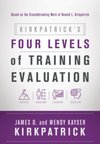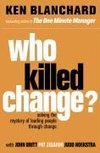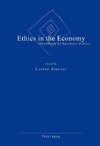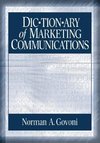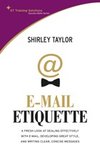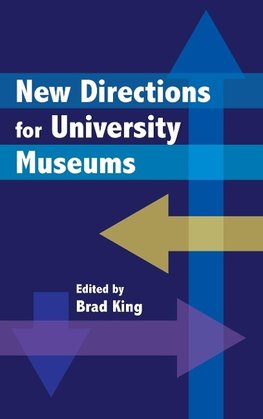
-
 Anglický jazyk
Anglický jazyk
New Directions for University Museums
Autor: Brad King
New Directions for University Museums is intended to help university museum leaders to help them plan strategically in the context of the issues and needs of the 2020s by examining trends affecting them and directions in response to those forces. It will... Viac o knihe
Na objednávku
160.20 €
bežná cena: 178.00 €
O knihe
New Directions for University Museums is intended to help university museum leaders to help them plan strategically in the context of the issues and needs of the 2020s by examining trends affecting them and directions in response to those forces. It will lay out a series of potential directions for university museums in the 21st century using examples from the field. Although university museums are similar to other museums in their topic areas (art, natural history, archaeology, etc.) they are a unique category that requires special consideration. Today university museums are grappling with new forces that are affecting their future: ¿University museums still have a dual responsibility to campus and community, and they still try to mount exhibitions that are attractive to the communities in which they are embedded. But they are rethinking the nature of service to town and gown in response to larger trends around accessibility. It is no longer enough to try to attract visitors; these museums are becoming much more active and outgoing in their outreach to the broader public. ¿They have unparalleled access to academic firepower, but university museum research is no longer the sole province of academics, intended for publication in scholarly journals. In the 2020s, research is being made much more relevant to existential problems of the world. For example, some are bridging the gap between academic research and teaching and the most pressing social issues of our time, such as climate change, the fight against racism and the interface between humans and technology. University museum research is no longer cloistered, and these institutions are finding ways to better leverage the new knowledge yielded by collections-based research for both the university's and for public benefit. ¿Student engagement and education is still important, but communication is no longer unidirectional (from faculty and museum staff to students). Now student input and co-curation is now invited as learning becomes a two-way street. Moreover, public science communication has become a much more important role for university museums. These are, in effect, the "new directions" to which the title refers. The main thesis of the book is therefore that university museums are becoming much more outward-facing. They are engaging with the public and with the world at large as never before. In effect, they matter more than ever. This is the overarching "new direction". Within this general approach, there are a number of questions that the book addresses: ¿What are the expectations of university museums in the 21st century from their key stakeholders - university administrations, faculties and students, and the communities in which they are embedded? How are those expectations changing and how are the museums evolving to meet them? ¿How are university museums navigating the minefields of political polarization, "cancel culture" or heightened activism on campus and in society at large? ¿What is the nature of the relationship between the university's research and teaching mission and the university museum? What trends can we identify, and how can we help the university museum director navigate those trends? ¿The university-donor relationship: what can we learn from a study of donor expectations and the dynamics of university-donor relationships in contemporary society? ¿How is the relationship between the university museum and the broader external community changing? How is the university museum contributing to (or detracting from) the overall relationship between the university and the community? ¿What role is the university museum playing in terms of public communication of research, especially public science communication? This book is for all those who work in, benefit from or are interested in university museums. In particular, it is hoped that the book will help university museum leaders who are embarking on strategic plans u
- Vydavateľstvo: Globe Pequot Publishing Group Inc/Bloomsbury
- Rok vydania: 2023
- Formát: Hardback
- Rozmer: 235 x 157 mm
- Jazyk: Anglický jazyk
- ISBN: 9781538157725


